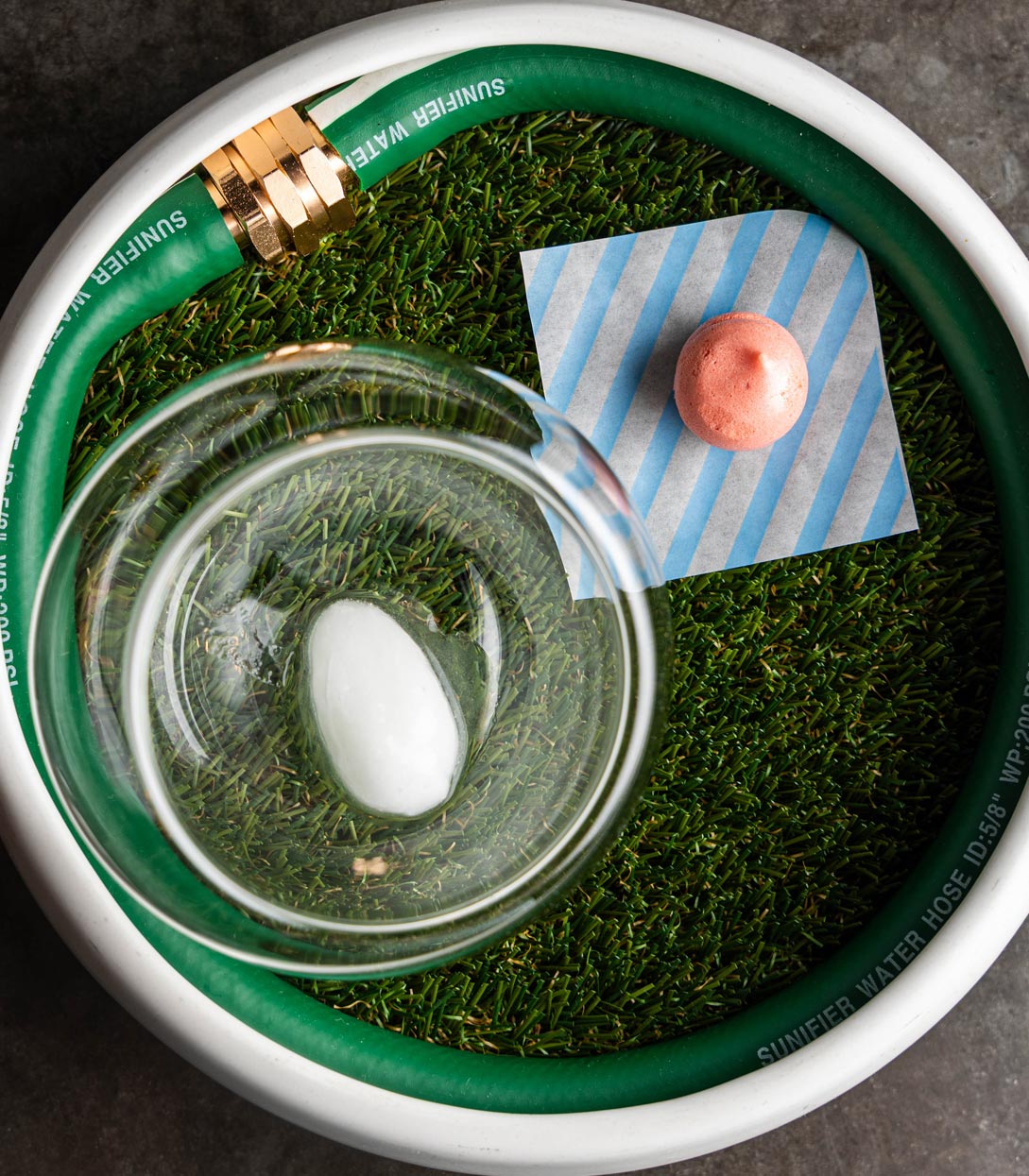There are plenty of fish in the sea, so why do we stick to a familiar few? Sit down at a sushi counter or a seafood restaurant and you'll likely see the same old salmon, sea bass or shrimp. But eating more unusual fish—like sugar toads or triggerfish—is not only a great way to add a little variety to your diet, but in some cases it's a more sustainable choice. If you want to cast a wider net, here are a few restaurants where you'll reel in quite the catch.
Ivy City Smokehouse
This smokehouse, market and tavern in Ivy City sources its seafood from ProFish, a sustainable distributor right across the street. They offer varying specials like triggerfish, sheepshead, blowfish, Ipswich clams and even invasive species such as snakehead. You can find these wild-caught, mid-Atlantic fish on regular weekly rotation when they're in season. Snakehead are most commonly available during the winter, and occasionally the summer. Don't let the name deter you from trying it—chef Ron Goodman describes it as a tender, white-fleshed fish with a mild and clean flavor, which lends itself to many different preparations.Sushi Taro
D.C.'s only MICHELIN-starred sushi restaurant is a top destination for Japanese fugu and also offers a tasting menu dedicated to blowfish during the season (December to mid-March). In the summer months, you can expect to see rarities like small wild freshwater crabs, a sharp-toothed eel known as hamo, gooseneck barnacles and Japanese river trout. The eel is popular in Kyoto, but requires expert knife skills and a specific technique to remove the tiny bones in one stroke while leaving the skin intact. The gooseneck barnacle is considered a delicacy in Spain, Portugal and parts of Japan, and it is simply prepared by boiling it in saltwater and peeling the skin off to enjoy the meat.The Dabney
Amidst the mid-Atlantic fare in this hearth-centric kitchen, sugar toads are a standout that have been on the menu since the beginning. These small pufferfish are dubbed sugar toads because fishermen would say they were sweet as sugar and ugly as a toad. Unlike Japanese blowfish, Chesapeake pufferfish are not poisonous because they eat a different diet than their Pacific counterparts. Chef Jeremiah Langhorne chose to feature the humble sugar toad because it's a delicious regional product that is underutilized. It's also considered bycatch, so cooking it is a sustainable choice that supports fishermen and prevents waste. He serves them like fried chicken—dredged in buttermilk and flour, fried and coated in hot sauce and honey.




















